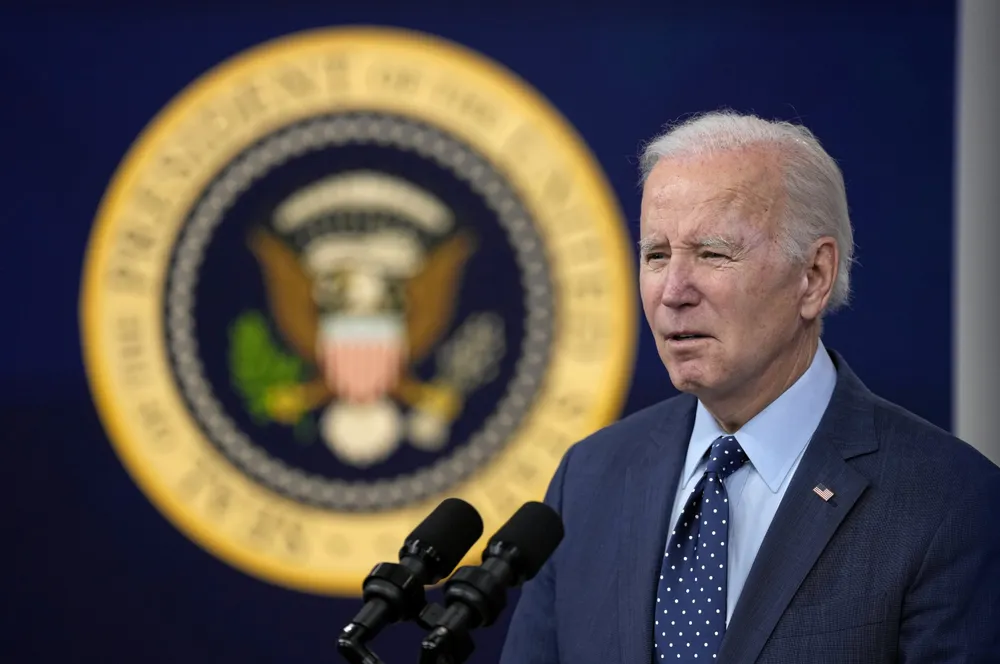Biden's offshore wind target slips further out of reach amid US sector 'chaos', says key analyst
BNEF sees nation meeting less than half the 2030 goal, but predicts it will be world’s second largest market by 2040

The 30GW of offshore wind capacity by 2030 target set by President Joe Biden’s administration in 2021 “appeared out of reach from the beginning”, the consultancy said. BNEF has consecutively lowered its forecast over the past three years.
While the US was the market hardest hit by global challenges of high costs and interest rates and supply chain constraints, resulting in 12GW of projects withdrawn, the 10% decline over its 2H 2023 forecast “is mainly due to anticipated project delays in Maryland and New Jersey,” BNEF said.
Both projects are slated for commissioning before the end of this decade and stand out for surviving the fallout of last year’s inflation and interest rate surge despite low-priced offtake contracts.
Earlier this year, New Jersey selected two projects totaling 3.7GW of capacity to partly backfill Orsted's lost capacity, Total-Corio's 1.3GW Attentive Energy 2 and Invenergy-energyRE's 2.4GW Leading Light, both on acreage won in the New York Bight in 2022.
“Since earlier-stage NY Bight projects were selected, we anticipate that future New Jersey-procured capacity will fall into the 2030s,” pushing down its end of decade forecast.
Jean-Michel said the consultancy expects Atlantic Shores to commission in 2029, one year late.
However, “in Maryland, there is a lot of opacity around US Wind's projects which leads us to be more bearish on commissioning estimates,” she said, noting that a recent law allows awarded projects to revise pricing, size, and schedules.
“While US Wind's projects were the only ones to not publicly state plans for renegotiation or cancellation, this gives them an opportunity to mitigate risk,” she added.
Contributing factors to BNEF's lower estimate include lower-than-expected procurements in recent rounds and New York's move to void its mammoth 4GW round 3 over supplier disputes.
“We've considered the likelihood of unforeseen obstacles that could slow the pace of build, despite state efforts to address risks,” she said.
American progress
Despite the tumult, US installations have ramped, with one project completed, Orsted-Eversource’s 132MW South Fork, and three under construction, including Avangrid-CIP’s 800MW Vineyard, Orsted-led, 704MW Revolution, and Dominion Energy’s mammoth 2.6GW Coastal Virginia Offshore Wind (CVOW).
The consultancy has nevertheless reduced its 2035 US forecast by 8% to 38.9GW “as we expect projects will materialise slower in future solicitations than we initially anticipated.”
Global sector
While the US has seen uneven growth, BNEF said global “offshore wind additions are set to hit a new high in 2024, as several newer markets including the US, France and Taiwan ramp up build.”
BNEF expects 18.3GW of offshore wind to achieve commercial operation in 2024, much of it in China, Taiwan, the Netherlands and France, up from 10.7GW in 2023.
Despite being costlier than other renewables, “the value proposition of offshore wind remains clear,” said the consultancy.
“As countries strive to decarbonise, offshore wind offers clean electricity at scale, with capacity factors far beyond most onshore renewables, vast areas to exploit, often less conflict from stakeholders and major economic development,” BNEF said.
Longer term, US offshore wind is on track to be tied with the UK for world’s second largest market by 2040, BNEF said, behind current leader China.
By 2040, the consultancy expects global accumulated installations to have reached 742GW, with China at 270GW, followed by the US and UK at 67.3GW each.